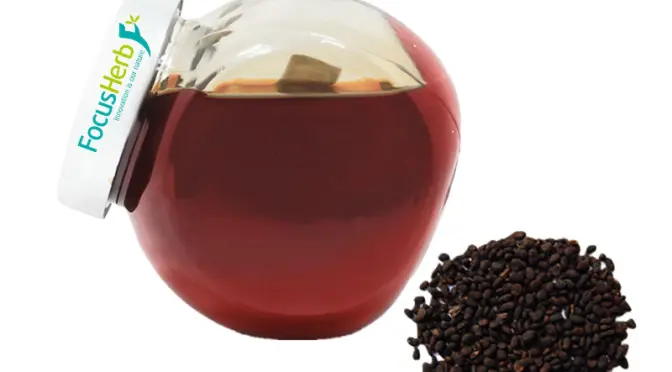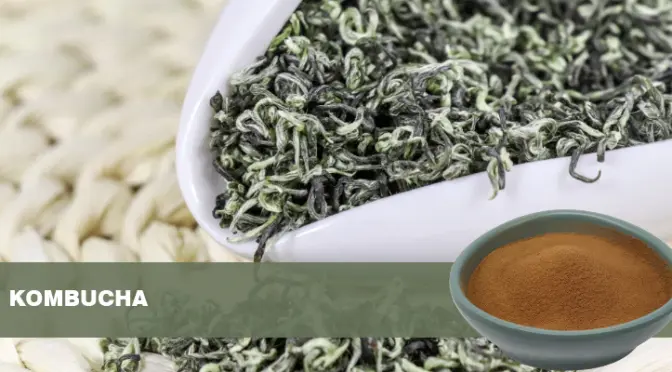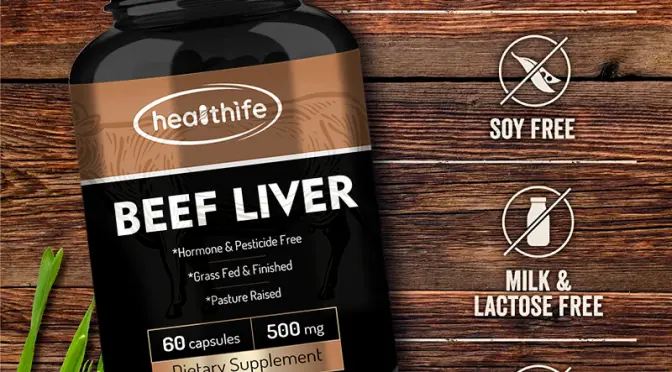The 2025 Natural Products Expo West has opened on March 5th. We are inviting you to visit our booth (3658).
High quality and healthy life is our beautiful vision, and we increasingly value the scientific and comprehensive nature of nutritional supplementation.
Our company has brought new fully nutritious products: frozen hay fed cattle products and freeze-dried mushroom extracts.
Firstly, let’s u recognize what is the full nutrition products
Total nutrition products, especially those specially formulated for medical purposes, can be regarded as the “all-round players” in the field of nutrition. These products are mainly designed to assist people who have difficulties in eating, poor digestion and absorption, abnormal metabolic functions, or specific health conditions.
They are precisely matched in accordance with national standards, incorporating various nutrients such as carbohydrates, proteins, fats, vitamins, and minerals. The aim is to provide these people with a comprehensive and balanced nutritional meal.
Lyophilized Products from grass-fed cattle: Concentrated natural nutritional essence
A unique way to produce quality products: Grass-fed cattle have long been happy to graze on fresh grass in New Zealand’s natural pastures, which makes their meat and milk products contain more rich and high-quality nutrients.
Freeze-drying technology locks in nutrients: Freeze-drying technology can increase the stability of active ingredients. At the same time, the original porous structure of grass-fed cattle products was maintained. This advanced technology can maximize the retention of the original color, aroma, taste, nutrition and appearance of grass-fed cattle products.
Freeze-dried Mushroom Extract: The Natural and Healthy Protector
The freeze-dried mushroom extract can retain bioactive ingredients such as polysaccharides, terpenoids and flavonoids to the maximum extent, reduce nutritional loss, and ensure high nutritional value and medicinal value. At the same time inhibit microbial growth and enzyme activity, maintain flavor and color.
Perfect Partnership: The Nutritional Code for Synergistic Enhancement
When all-nutrient products, freeze-dried Products from grass-fed cattle, and freeze-dried mushroom extract are used together, they will produce a wonderful synergistic effect, maximizing the health benefits of each.
The all-nutrient products lay a solid nutritional foundation for the body, ensuring the normal operation of various physiological functions. The freeze-dried Products from grass-fed cattle provide high-quality fatty acids, proteins, and various vitamins and minerals, providing energy for the body and promoting tissue repair and growth.
The freeze-dried mushroom extract further enhances immunity, antioxidation, and anti-inflammation, providing comprehensive protection for physical health.
Today, with the growing awareness of health, the combination of these three provides people with a comprehensive, efficient, and natural health solution.
Whether it is ordinary people pursuing a healthy lifestyle or specific groups requiring special nutritional support, they can all benefit from this perfect partnership and enjoy a healthier and better life.
- Meanwhile hope you will have a successful business trip.
- Best regards,
- FocusHerbTeam




























































 Who Should Drink Kombucha?
Who Should Drink Kombucha?



